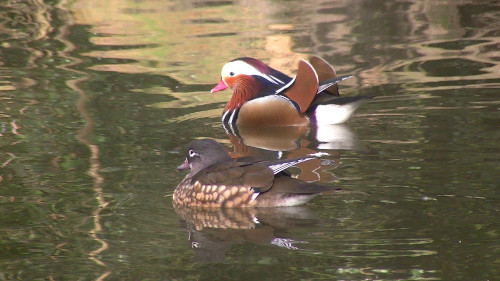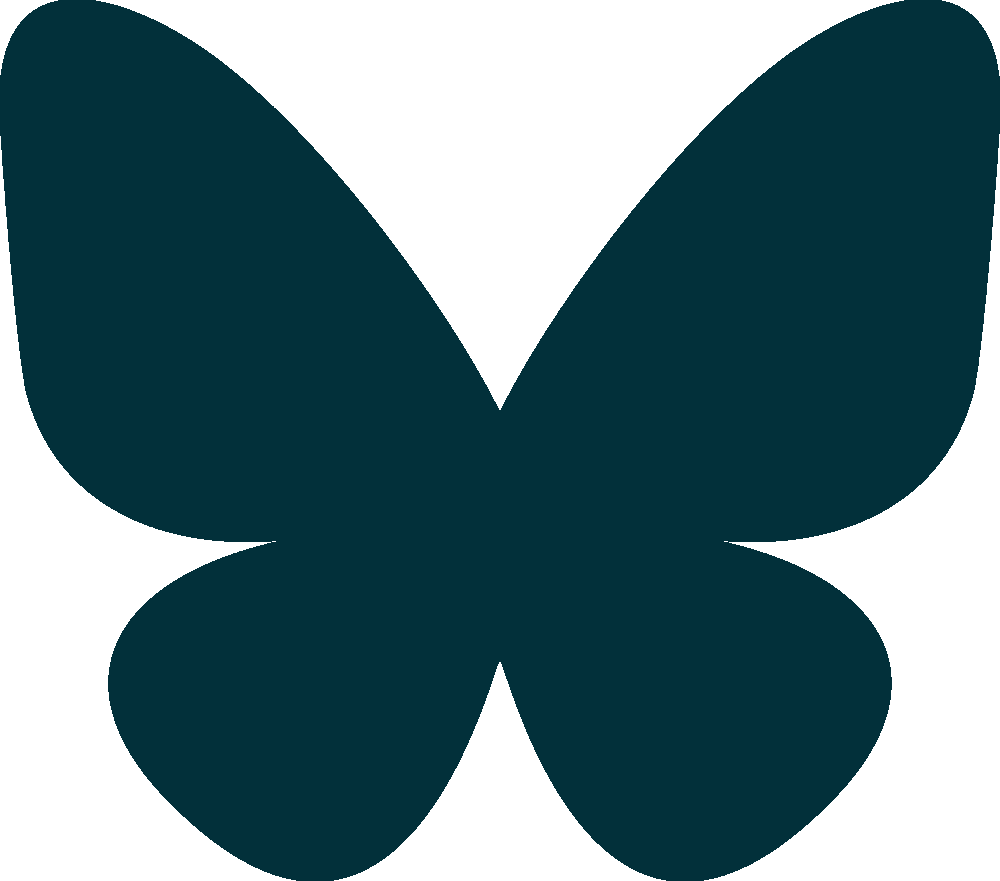Creating Colourful Fantasy Animals
This article is a companion post to my Creating an Alien Ecosystem series.
I barely mentioned colour throughout the series, but a lot of you guys like the idea of having colourful species so I wanted to make a whole article dedicated just to that. Here's a whole blog post about colour in animals, plus the 'special effects' of iridescence, ultraviolet, transparency, and bioluminescence!
In this article we will look at how animals physically get their colours and effects, and how they benefit their survival. I hope all of this will give you inspiration for how to plausibly use colour in your alien species. Good luck!
A Few Things To Remember
Before we look at the individual colours, here are some things to keep in mind:
Sexual Dimorphism
Female birds are often less colourful than males of the same species because they're usually the ones who sit on their eggs, so they need to be well-camouflaged against the ground to keep them safe while they're sitting on their nests. Where do your aliens rear their young, and do they need to be camouflaged?
Seasonal Plumage
The ideal camouflage in summer may be different from what's ideal in winter. Some birds and small mammals change colour according to the temperature, switching between snow-white and soil-brown.
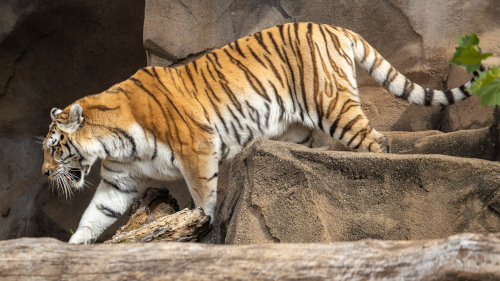
Different Eyesight
Not every creature is capable of seeing the same range of colours as we can. This may mean the following:
- They use specific colours to communicate with one another
- They are a colour that's easy for us to see but difficult for their predators or prey to see
Here's a brief overview of the different ranges of colour available to different species by Askbiologist. For more specific information, Google is your friend but here are a few articles to start you off:
- Cows can see a little colour, but are more sensitive to sharp contrasts (i.e., dark and light) Pets on Mom.com
- Dogs and cats can see a dull and limited colour pallette, but are more sensitive to motion than us
- Birds can see in ultraviolet, which is more useful than you might first think
There is more to know about vision than I've written here. If you want to know more, we can explore that in a consultation!
Now that those are out of the way, let's look at the colours!
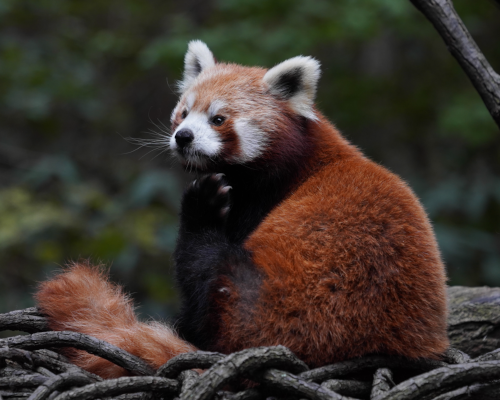
Animal Colours - The Visible Spectrum
Mammals have a more limited colour palette than birds, reptiles, fish, and amphibians. Their fur colour is produced by one or both of two types of melanin: eumelanin (which produces black or brown), and phaeomelanin (which produces orange and reddish shades, such as the ones we see on red pandas or tigers). While non-mammals produce melanin too, they can also be coloured by pigments in their diet, hence their better potential for colour.
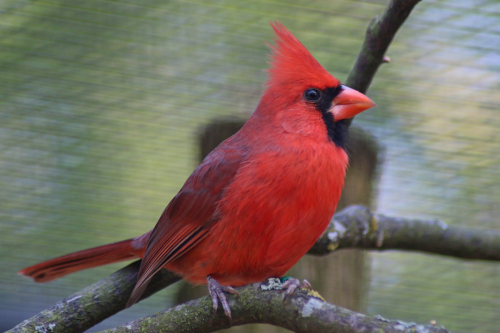
Red, Orange, and Yellow
Birds, Reptiles, Amphibians, and Fish
It would be easy, perhaps even lazy, to say here that red is a warning colour so is useful for intimidating rivals and perhaps predators, even though it's true. But red can be accidental too. Some species on Earth turn red due to the presence of carotinoids in their diet - and there are many sources of it in the natural world (Wikipedia article on Carotinoids). Flamingos are a classic example but there are more, including House Finches, that turn an impressive shade of red.
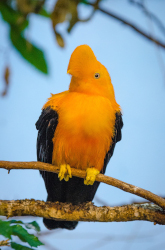
There are many different types of carotinoids, and some produce an orange colour rather than red.
So what about yellow? This colour can be caused by carotinoids too. Birds generally benefit more from being red than yellow, and over time some populations have evolved an enzyme that can convert yellow carotinoids into red ones. See Science Daily's article here for more information.
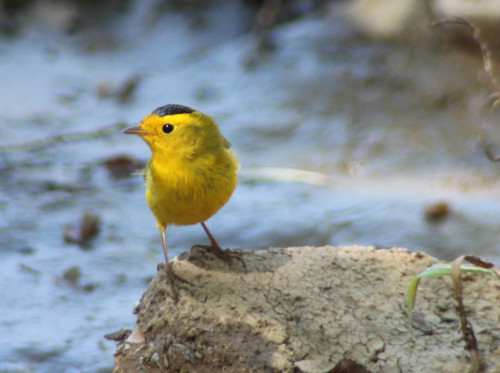
Reptiles can ingest carotinoids and turn red, orange, or yellow too.
Mammals Many mammals - such as orangutans and red foxes - have a rich orangey-red colour, but they only look that way to us. This is because humans are trichromats - we see a wider and brighter range of colours than many other animals. Most animals are dichromats, which means they see a narrower and weaker spectrum. Dichromatic vision means that to many animals, 'mammal red' looks like a dull greyish yellow, and this means that they're excellently camouflaged, even in green grass - which itself appears yellow to dichromats.
It is unknown why so many mammals are red, but it may be a result of selective breeding in species that can see red (put simply, the females are impressed with a bright red male), or a mutation of the original black/brown eumelanin to phaeomelanin, which has more potential for expressing paler colours. A darker animal would be visible against most foliage due to contrast, whereas a paler animal would blend in.
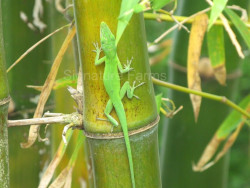
Green
Birds, Reptiles, Amphibians, and Fish
Green can come from two sources in non-mammals. Usually in birds, yellow carotinoids and blue structural colouration (see below) combine to make green, but a 'true green' pigment exists in one particular species of bird called the turaco. The dye is called turacoverdin. The colour is quite a natural-looking, foresty green compared to the bright greens you might see on various parrots and parakeets.
Mammals
Green fur is also possible in mammals - in a way. It's not a pigment, nor a form of melanin, but the result of a symbiotic relationship with algae.
Some sloths have distinct green tinge for this reason. it is not known how this relationship benefits the algae and sloth, but biolgists' best guess is that the sloth's fur soaks up water easily, giving the algae a place to anchor itself and much-needed water, while the algae provides the sloth with camouflage and possibly provides nutrients, which, soak into its fur and skin.
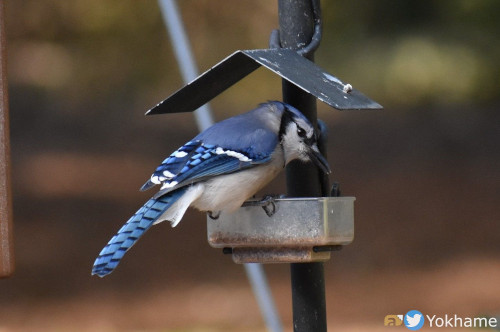
Blue
Blue is created differently to the other colours. Every other colour is produced by pigment or chemicals, except for blue, which is the visual result of structural colouration - microscopic ridges in feathers or skin that makes it appear blue.
From an evolutionary perspective, blue is an excellent 'choice' of colour for when an organism wants to be seen - structural colouration does not bleach or fade so never becomes dull. Click here for more information. It's also easy for dichromats to see.
A few species of monkeys that have blue skin, such as mandrills. This skin has the same microscopic, parallel fibres which creates that 'structural colouration' effect that we see in blue non-mammals. Please note that blue in mammals is shown in their skin and not their fur or hair. The structure that creates structural colouration simply cannot happen with hair.
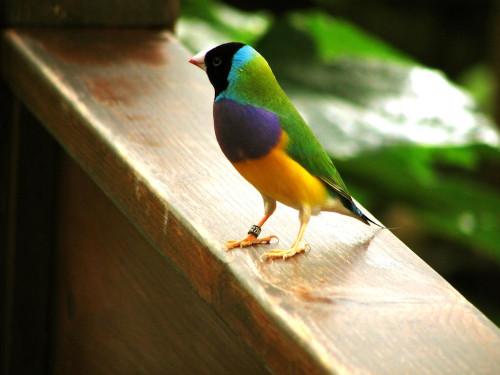
Purple
Purple may occur due to a particular type of carotinoid that produces a purple-red colour, but it is also possible for carotinoids and structural colouration to combine to produce purple.
Pink
Pink is a difficult colour to produce with pigments. Some birds have pink feathers, as carotinoids can present as pink if a bird is otherwise white, but the phaeomelanin that creates red in mammals has a yellow/orange hue, so does not present as pink.
Pink is quite possible in mammal skin, and can be seen in Amazon River Dolphins, ferret noses, and some domestic pigs, but the same is rarely true of non-mammal skin, which tends to be far more susceptible to pigments and melanin, to create colour that disrupts any appearance of pink.
The mechanisms behind colour in fish is slightly different. Want to read more? Here is a good source.
Special Effects
Now for everything that goes above and beyond colour!
Iridescence or Metallic Sheen
It is unknown why iridescence occurs in the natural kingdom. However, zoologists have made a few intriguing guesses:
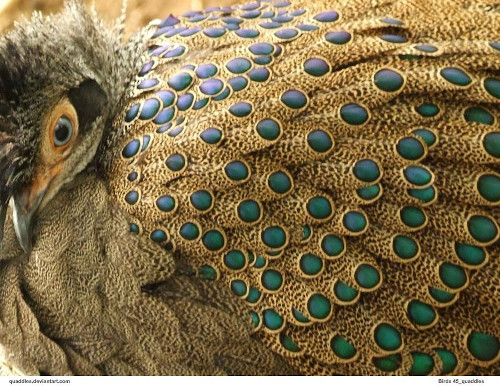
- An iridescent patch looks different depending on the direction you're viewing it from (it can be anything from bright and metallic-looking to almost black). This means that it can allow the animal to 'flash' a signal at one of its own kind without being seen by its predators. This would be helpful in, for example, an environment full of bachelor males of a prey species competing with one another for females without attracting predators, or for a female who wants one male to notice her but not another. Check out this article for more information about the relationship between light and iridescence - there is some very good reading in there that you may find helpful, if you want to dig that deep.
- Heat-regulation. Being more reflective can help an animal keep cool in a hot environment.
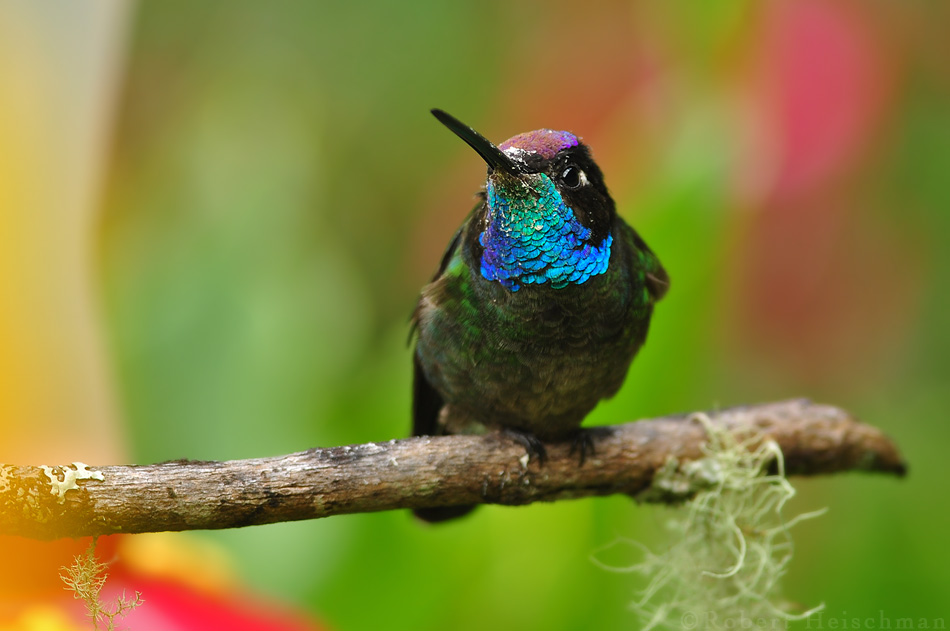
Hummingbird with a very shiny throat patch. It looks so healthy and young! by robbo - Shiny fur, feathers, or scales are an indication of youth and health. A younger animal will have less damaged-skin, fur, or scales, so in theory should be shinier than an older one of the species, who's taken a few knocks. The story is similar for a healthy vs. unhealthy animal - dehydration or malnourishment can make a shiny skin less so. Either way, shine implies health, and health leaves a positive impression on others.
- Strengthening of skin, feathers, or scales. Some mollusc shells are made of aragonite platelets, which provide extra strength to the shell. Those substances just happen to be iridescent.
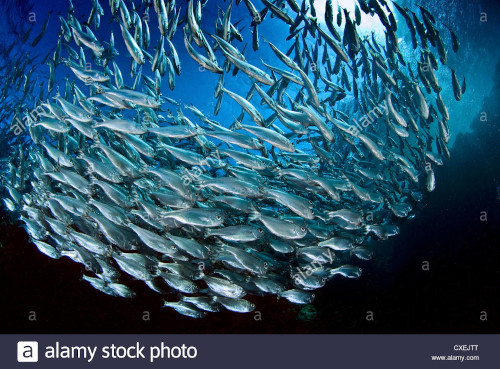
Silvery fish moving in-synch, perhaps guided by one anothers' silvery shine, courtesy of Alamy - Flock, shoal, or herd synchronisation. Imagine you are a silvery fish in a shoal of your own kind. All of the other fish around you, who are just as silvery as you are, will appear brighter or duller to you, depending on the direction they face. When they turn dull, this tells you that they have turned away so you need to turn too. This helps the entire shoal swim like a single, flowing unit. The same is true for flying birds, which may explain the subtle sheen on some birds. See a Youtube video of starlings having their summer-evening murmuration!
- Shock value. When you're mirror-shiny you can flash light at your predators to dazzle them, which could make the difference between life and death. Indeed, you could do the same as a predator to your prey. "Deer in headlights effect", anyone?
- Water-repellancy. Iridescent snake scales and butterfly wings have tiny ridges on their surfaces, and this makes them more water-repellent than smooth surfaces - perfect for any creature living in the rainforest! This may also help insects anywhere in the world that has frequent rainfall. Quite a few insects from rainy temperate areas on Earth have iridescent shells.
You might also want to know that, while most iridescent creatures are either birds, fish, reptiles, or insects, animal breeders have been able to produce mammal breeds that have a shiny coat - namely rabbits and hamsters, like this one. While this effect was produced in captivity, it's not impossible to imagine that it could occur in the wild.
Ultraviolet
Most of the survival benefits to being ultraviolet are similar to those of iridescence. Although many animals can see in ultraviolet, many others cannot, so ultraviolet colour can be a useful, secret signal between individuals of one particular species.
Ultraviolet is most common in insects and plants, and some mammals and birds can see in this part of the spectrum. For example, reindeer can see in ultraviolet, which helps them to spot the lichens that they eat. Little research has been done on this since the early new-tens, but researchers predict that several species of arctic mammals may be able to see in ultraviolet to help them distinguish other objects - plant or animal - from their environment, which is normally blanketed with white. See this video for more information or skip to 2:08 for a still image of a white wolf against snow.
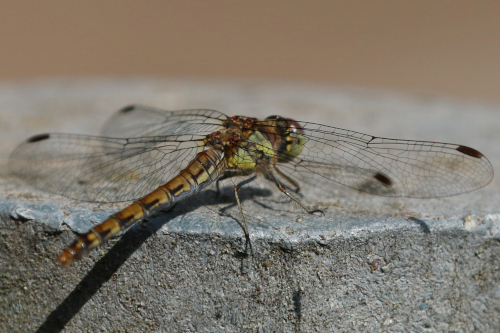
Transparency or Invisibility
A few animals have developed ways to turn themselves partially invisible - and this is how they do it!
As you can probably imagine, there are several limitations to transparency - internal organs being one of them. This can be minimised in some species: butterflies have very small bodies and only look as big as they do because of their wings. The glasswing butterfly has exploited this by developing panels in its wings covered in 'nanopillars' that are arranged irregularly, which minimises the amount of light that reflects off their membranes. Result? See-through wings! See this article for more information and this Youtube video for a demonstration.
Juvenile creatures also offer an opportunity for transparency. Baby Leptocephali (a taxonomic Family of several species of eels) contain a gel-like substance in place of flesh. Their internal organs are minimal: most are gathered together in a small package in their bellies. They have a gut that's no more than a thin tube, and their muscles are thin enough to be sheer. Youtube video of a leptocephalus here.
Jellyfish are able to pull off partial transparency throughout most of their bodies due to being made mostly of water.
Transparency in water is easier than transparency in air, so most transparent or translucent animals are water-dwellers.
Glass frogs, however, are part-transparent despite living on land. They have green backs but translucent bellies and limbs. They may use this partial transparency to render their edges 'softer' to the eye. It clearly works: artificially manufactured translucent frogs placed on leaves were attacked by birds 50% less often. Want to see the glass frog on Youtube to get a sense of how effective it is?

Bioluminescence
Animals generate bioluminescence via a chemical reaction (and get this: the main chemical involved is called luciferin. Isn't that just devilish?) Different colours suit different environments: green and blue can be seen better underwater when further away, and yellow is most easily visible in the air.
Red is a very rare bioluminescent colour. When it is used, it may be purely for communication with other members of the same species thar are adapted to be able to see red, or to cast light on nearby objects.
As for the general purposes of bioluminescent light, those are fairly predictable: to attract a mate or prey, to startle or frighten predators, to make themselves look bigger, or to get a better view of their surroundings.
More information about bioluminescence.
Credits
Title image by nyuni, and used with their kind permission.
